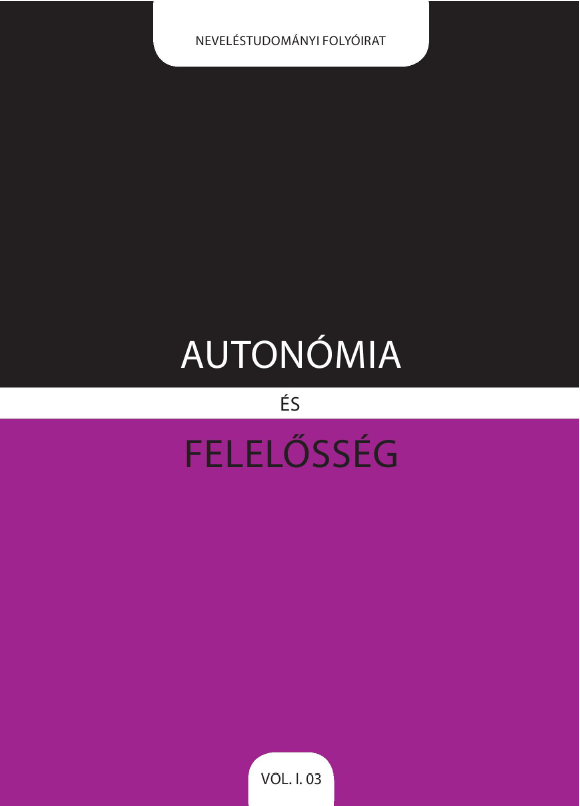Similarities and differences in the categorization of disabilities and learning disorders in Europe
DOI:
https://doi.org/10.15170/AR.2015.1.3.3.Keywords:
OECD, PISA, disabled, SNI, diagnosisAbstract
Hungarian Law LXXIX of year 1993 about public education is, in many ways, considered to
be up to date, however, it has defi ned the interpretability and compatibility of the Hungarian
system for many years within the OECD, despite opening a new era, since the categories
regarding to learning disorders described in the law mentioned above have been diffi cult to be
adapted outside our homeland. Based on data from 2002, 2-2.5% of children in the European
Union have been considered as disabled, however, the data from Hungary showed that this
rate was 5,3% here, which is a signifi cant difference. The PISA surveys and the domestic experience
have not verifi ed this hypothesis, so fi nding the factors affecting these results to such
an instinct is reasonable. It is, however, even more important that the factors listed above
have fundamentally determined the domestic evolution of special education approach, and, as
a result, the professional protocol. This does not only lead to a different range of interpretation
of the word ‘disabled’, but its fundamental effects can still be felt in the structure of the
system. An example might be the procedure according to which a child, a student enters the
special education care system. Determining or sequencing the diagnosis and provided care
progresses in logic opposing that in particular OECD countries. We can conclude that not
compatibility is the biggest issue, but the many questions, answering which is not necessarily
the purpose, however, it might induce an interesting reasoning. The domestic system is not
necessarily bad; however, the professional and causal backgrounds of the differences might
need an explanation.
Downloads
Downloads
Published
How to Cite
Issue
Section
License

This work is licensed under a Creative Commons Attribution-NonCommercial-NoDerivatives 4.0 International License.



